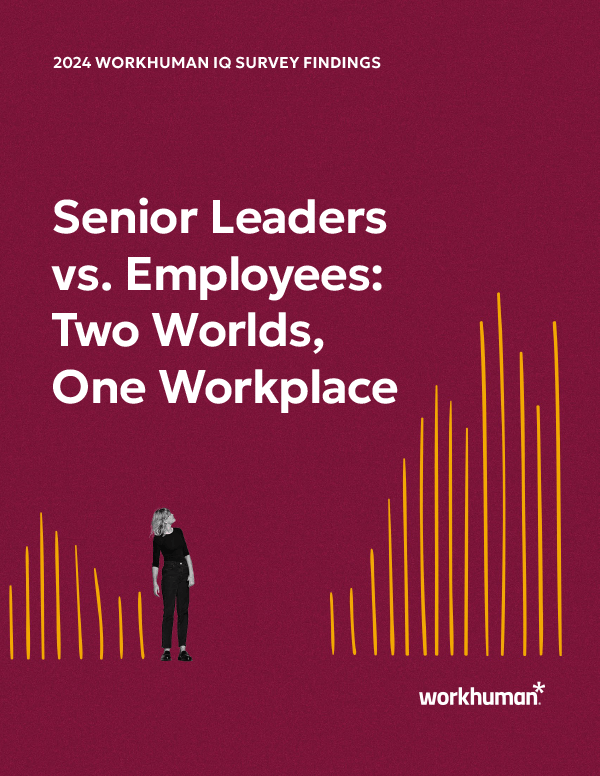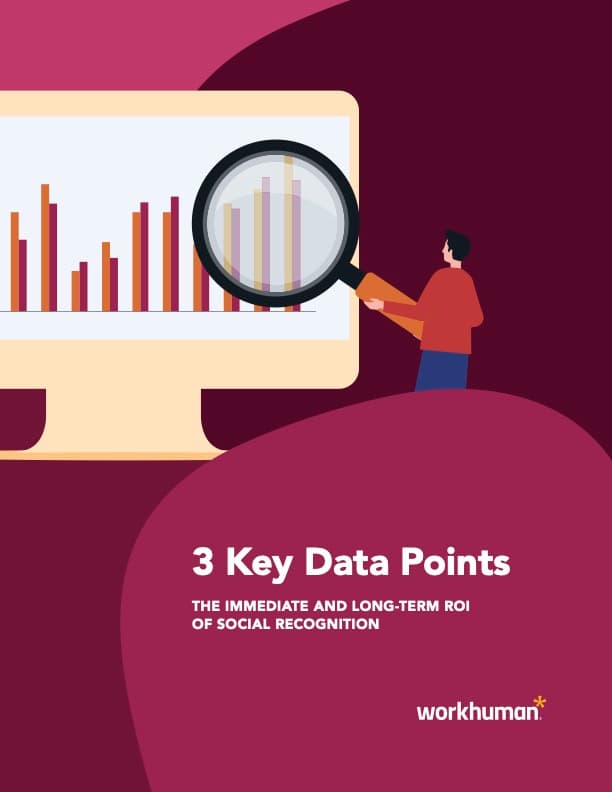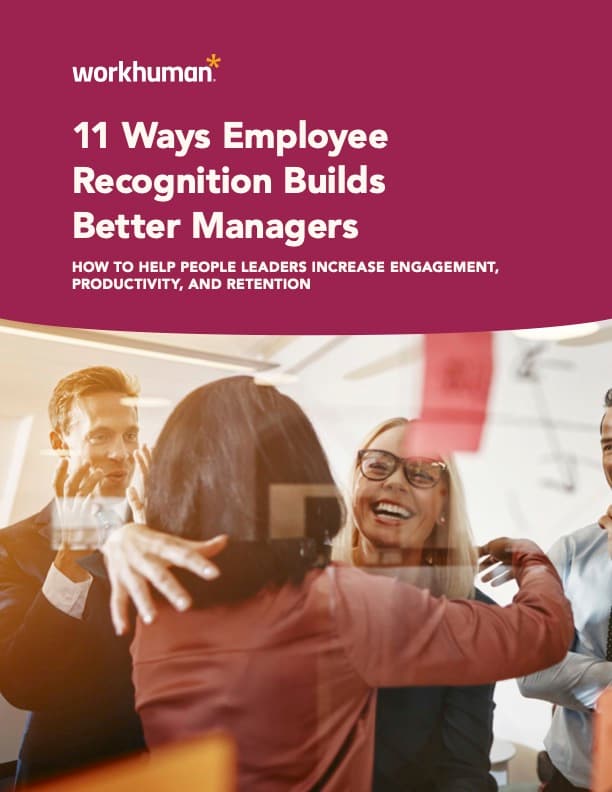Your day at work is affected by how you get along with the people you work with and for, whether you feel comfortable at work and appreciated for the work you do, and whether you feel like you’re building to something. They’re invisible benefits that shape your day-to-day reality and, in theory, these benefits can be enjoyed by everyone in an organization at no cost. But they’re not.
This year’s Workhuman® iQ survey reveals that no one is more likely to be connected to their colleagues and organization, feel valued, have more autonomy and flexibility in their work arrangement, have high levels of psychological safety, have a positive relationship with their manager, and see a path for growth in their organization than … senior leaders.
We are not saying every senior leader has it easy. They don’t. What we’re saying (and the data is showing) is that senior leaders enjoy invisible benefits like psychological safety, financial security, connection to colleagues, and flexible work arrangements more than anyone else. In some cases, by a substantial margin.
A human workplace starts by, at the very least, narrowing those margins.
In Senior Leaders vs. Employees: Two Worlds, One Workplace, we explore the experiential differences of senior leaders and individual contributors. Differences that are shaping perception and policy in the workplace.










